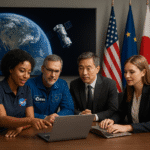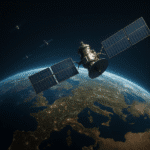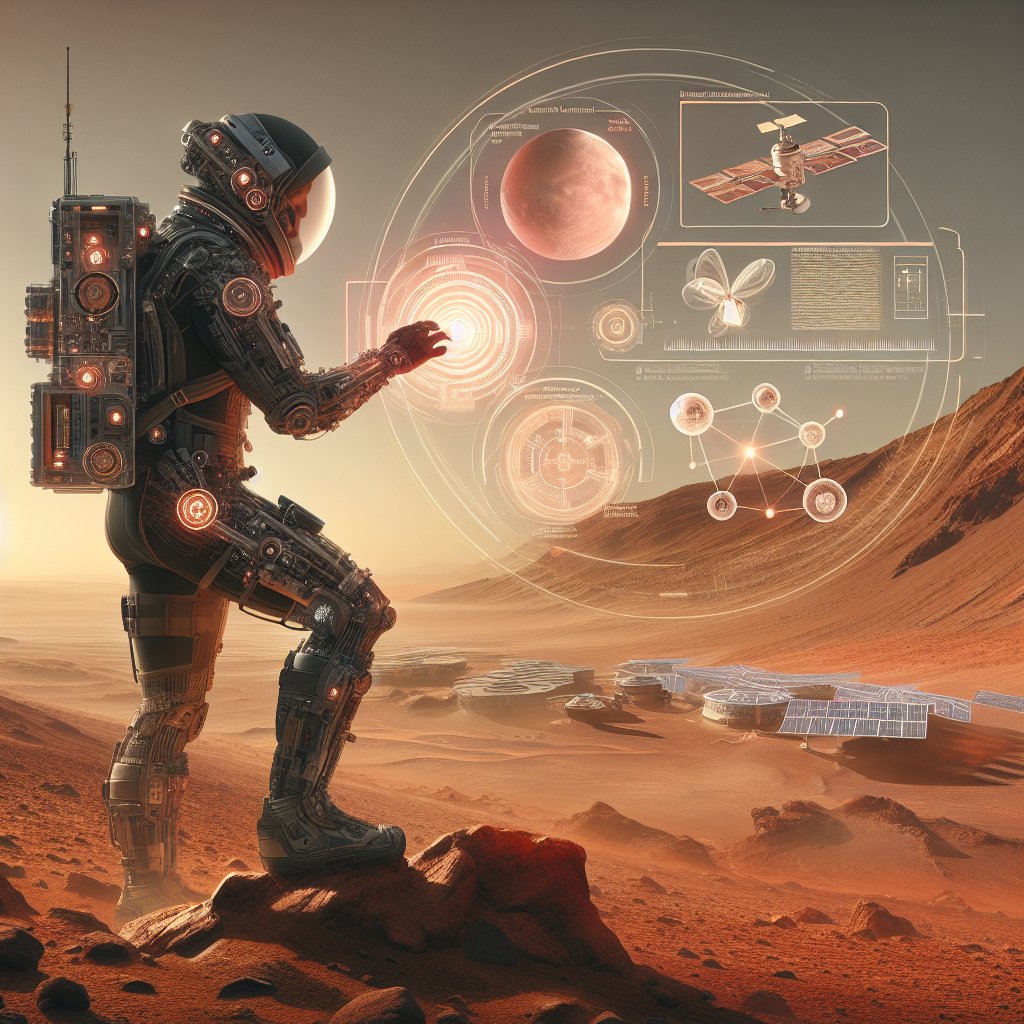Humanity’s fascination with Mars has been a driving force behind numerous scientific endeavors and space missions. As we edge closer to the possibility of human colonization of the Red Planet, understanding the key challenges and potential solutions for human survival on Mars becomes increasingly critical. This article delves into the multifaceted obstacles that must be overcome to ensure a sustainable human presence on Mars and explores innovative solutions that could make this vision a reality.
The Harsh Martian Environment
The environment on Mars presents a series of formidable challenges for human survival. Unlike Earth, Mars has a thin atmosphere composed mostly of carbon dioxide, with only trace amounts of oxygen. This makes the air unbreathable for humans and necessitates the use of life support systems to provide a stable supply of oxygen. Additionally, the atmospheric pressure on Mars is less than 1% of Earth’s, which poses significant risks to human health and the integrity of habitats.
Temperature extremes on Mars further complicate survival efforts. The average surface temperature is around -80 degrees Fahrenheit (-62 degrees Celsius), with temperatures dropping even lower at the poles. These frigid conditions require advanced thermal insulation and heating systems to maintain habitable environments for humans.
Moreover, Mars lacks a global magnetic field, exposing its surface to high levels of cosmic radiation and solar particles. This radiation poses a serious threat to human health, increasing the risk of cancer and other radiation-induced illnesses. Effective shielding and protective measures are essential to mitigate these risks.
Technological Innovations for Survival
To address the challenges posed by the Martian environment, a range of technological innovations are being developed. One of the most critical areas of focus is the creation of sustainable life support systems. These systems must be capable of recycling air, water, and waste to minimize resource consumption and ensure a continuous supply of essentials for human survival.
Advanced habitat designs are also being explored to provide safe and comfortable living conditions on Mars. These habitats must be capable of withstanding the harsh environmental conditions, including temperature fluctuations and radiation exposure. Concepts such as inflatable habitats, underground living spaces, and 3D-printed structures using Martian regolith are being investigated as potential solutions.
Radiation protection is another key area of research. Innovative materials and construction techniques are being developed to create effective shielding against cosmic radiation. Additionally, the use of water and regolith as natural barriers is being considered to enhance protection for habitats and human occupants.
Resource Utilization and Sustainability
Ensuring a sustainable human presence on Mars requires efficient utilization of local resources. In-situ resource utilization (ISRU) is a critical strategy for reducing reliance on Earth-based supplies. This involves extracting and processing resources available on Mars, such as water, minerals, and gases, to support human activities.
Water is a vital resource for human survival, and its presence on Mars has been confirmed in the form of ice and hydrated minerals. Technologies for extracting and purifying water from these sources are being developed to provide a reliable supply for drinking, agriculture, and industrial processes.
Furthermore, the production of oxygen and fuel from Martian resources is essential for long-term sustainability. Electrolysis of water can produce oxygen for breathing and hydrogen for fuel, while the Sabatier process can convert carbon dioxide from the Martian atmosphere into methane fuel. These processes are crucial for supporting human activities and enabling return missions to Earth.
Psychological and Social Considerations
Beyond the physical challenges, the psychological and social aspects of living on Mars must also be addressed. The isolation and confinement associated with long-duration space missions can have significant impacts on mental health and interpersonal relationships. Strategies for maintaining psychological well-being and fostering a sense of community are essential for the success of human missions to Mars.
Recreational activities, communication with Earth, and the design of living spaces that promote social interaction are important factors in supporting the mental health of Mars colonists. Additionally, the development of robust support systems and training programs to prepare astronauts for the psychological challenges of Mars missions is crucial.
Conclusion
The dream of human survival on Mars is within reach, but it requires overcoming a multitude of challenges. From the harsh Martian environment to the need for sustainable resource utilization and the psychological well-being of colonists, each aspect presents unique obstacles that must be addressed. Through technological innovation, resourcefulness, and a commitment to understanding the complexities of life on Mars, humanity can pave the way for a new era of exploration and discovery on the Red Planet.










